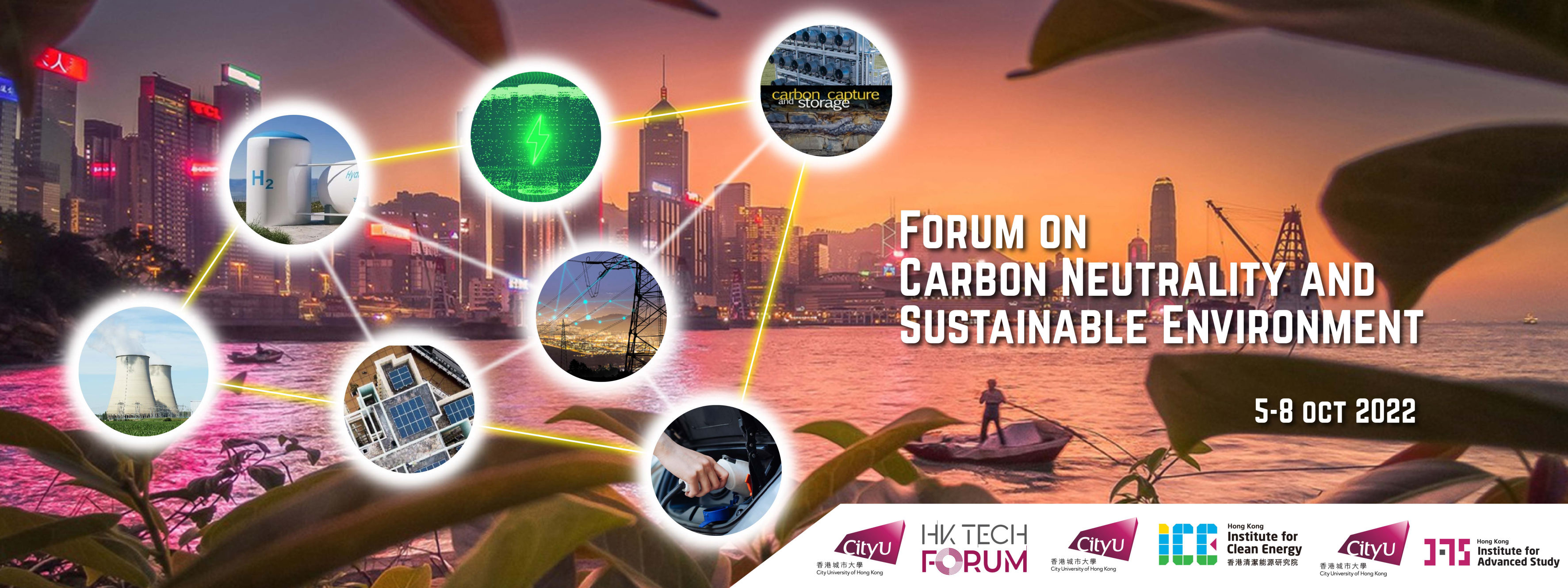Keynote Speaker
Biography
Professor Robert C. Armstrong directs the MIT Energy Initiative, an Institute-wide effort at MIT linking science, technology, and policy to transform the world’s energy systems. A member of the MIT faculty since 1973, Armstrong served as head of the Department of Chemical Engineering from 1996 to 2007. His research is focused on pathways to a low-carbon energy future.
Armstrong has been elected into the American Academy of Arts and Sciences (2020) and the National Academy of Engineering (2008). He received the Founders Award for Outstanding Contributions to the Field of Chemical Engineering (2020), Warren K. Lewis Award (2006), and the Professional Progress Award (1992), all from the American Institute of Chemical Engineers. He also received the 2006 Bingham Medal from the Society of Rheology, which is devoted to the study of the science of deformation and flow of matter.
Armstrong was a member of MIT’s Future of Natural Gas and Future of Solar Energy study groups. He advised the teams that developed MITEI’s recent reports, The Future of Nuclear Energy in a Carbon-Constrained World(2018) and Insights into Future Mobility(2019), and is chaired the new MITEI study, The Future of Energy Storage. He co-edited Game Changers: Energy on the Move with former U.S. Secretary of State George P. Shultz.
The Role of Energy Storage in a Highly Decarbonized Electricity Sector
R.C. Armstrong
Keywords: energy storage, net-zero, electricity sector, batteries, thermal storage
Abstract
A central strategy for achieving global, net zero economy wide emissions is decarbonizing the electricity sector while using this decarbonized electricity to electrify as much of the rest of the economy as possible. Electricity sector decarbonization has focused on replacing fossil fueled generation with variable renewable energy (VRE) generation, primarily solar and wind. At small penetration of VRE’s, incorporation of these resources into the electricity system is fairly straightforward. However, as electricity systems around the world deploy significant amounts of VRE’s, it is impossible to match electricity supply and demand without incorporating energy storage into the system. This presentation examines the role that grid-scale storage used as electricity-to-storage-to-electricity can play in deeply decarbonized electricity systems We look at technology options, system design incorporating storage, and policy/regulatory changes that may be needed to facilitate these future systems. The results presented here are based on the recent Future of Energy Storage study [1].
Four categories of grid-scale energy storage are considered: electrochemical, mechanical, thermal, and chemical. Among electrochemical technologies, we focus on three: lithium-ion batteries (the incumbent technology), redox flow batteries, and metal-air chemistries. Mechanical storage examines pumped hydro-storage and compressed air energy storage. Thermal storage includes sensible heat storage in very low-cost materials, e.g., molten salts and rocks, as well as heat pumps. Finally chemical storage is illustrated with hydrogen, which if not ultimately used would certainly be a precursor to candidate storage chemicals. Operating characteristics and cost estimates projected out to 2050 are developed for each one of these technologies. All technologies studied are TRL level 6 or higher.
A capacity expansion model (GenX) is used to build out least cost electricity systems in different regions around the US as well as in India and Nigeria. In this way we are able to see how regional resources, weather patterns, and types of loads affect choice of overbuilding renewables, adding transmission, adding storage (of different types), and shifting demands.
Finally, policy and regulatory issues for these highly decarbonized electricity systems are discussed for several regions in the US. Specific policy and regulatory changes will certainly be affected by market structures and public attitudes among other factors in different parts of the world.
References
[1] The Future of Energy Storage, An Interdisciplinary MIT Study, https://energy.mit.edu/research/future-of-energy-storage/ (2022).

